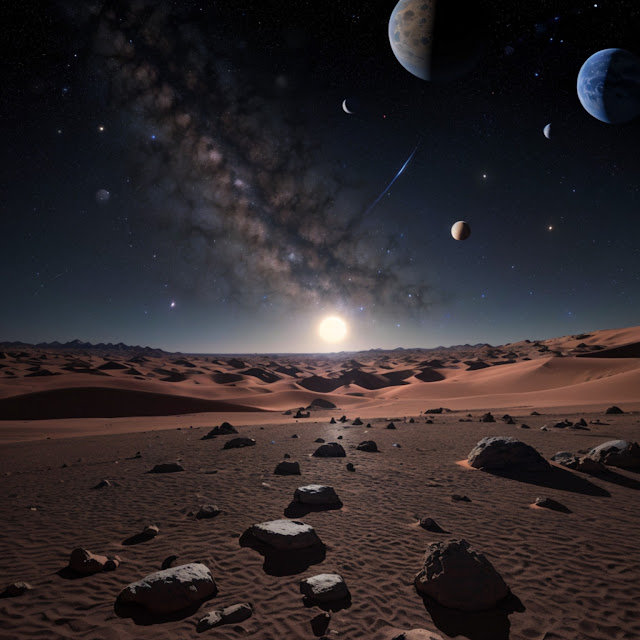AI news: NASA's TESS Mission Uncovers New Long-Period Exoplanets
In the vast cosmos beyond our planet, NASA's Transiting Exoplanet Survey Satellite (TESS) continues to unravel the mysteries of distant worlds. Recent findings by astronomers have unveiled new exoplanets with remarkably long orbital periods, enriching our understanding of planetary systems beyond our solar system.
TESS, a space-based observatory launched by NASA in 2018, has been instrumental in discovering thousands of exoplanets to date. However, a significant portion of these discoveries has been exoplanets with short-period orbits, completing their revolution around their host star in under 50 days. This bias is partially due to the operational constraints of TESS, which can allocate just 28 days at a time to survey each sector of the sky. The mission identifies exoplanets through the observation of recurring transits, making it more likely to detect planets with shorter orbital intervals.
At the same time, astronomers under the leadership of astrophysicist Ares Osborn at the University of Warwick unveiled another intriguing find: exoplanet TOI-332 b. Unlike its Saturn-sized counterparts, TOI-332 b is more akin in size to Neptune, and it possesses a truly distinctive characteristic. This exoplanet orbits its host star with astonishing swiftness, completing a full orbit in a mere 18.65 hours. What sets TOI-332 b apart is its exceptional density, weighing in at 57.2 times the mass of Earth and sporting a radius of 3.2 times that of our home planet. In contrast, Neptune, a celestial neighbor within our own solar system, exhibits a mass of 17.15 Earths and a radius only 1.4 times that of Earth. This intriguing combination places TOI-332 b in the enigmatic "Neptunian desert."
The Neptunian desert is a unique astronomical region where the majority of exoplanets display specific characteristics. These planets have parameters concerning their mass, orbital period, and radius that are significantly underrepresented among known exoplanets. In essence, this region of the exoplanetary spectrum has been, until now, an observational void. The discovery of TOI-332 b represents a crucial milestone in our quest to comprehend the diversity and distribution of planets beyond our solar system.
These remarkable findings extend the boundaries of our knowledge about exoplanetary systems. TOI-4600 b, TOI-4600 c, and TOI-332 b offer us unique glimpses into the infinite diversity of worlds that populate the universe. As we continue to explore the cosmos with missions like TESS, we stand on the precipice of even more astonishing discoveries, expanding our understanding of the cosmos and the multitude of planets that call it home.
In the ever-expanding realm of astronomy, each discovery deepens our appreciation for the celestial wonders that exist far beyond our reach. These newfound exoplanets serve as beacons of knowledge, guiding us toward a future where we may one day unravel the secrets of extraterrestrial life and understand the intricate tapestry of the universe itself.

